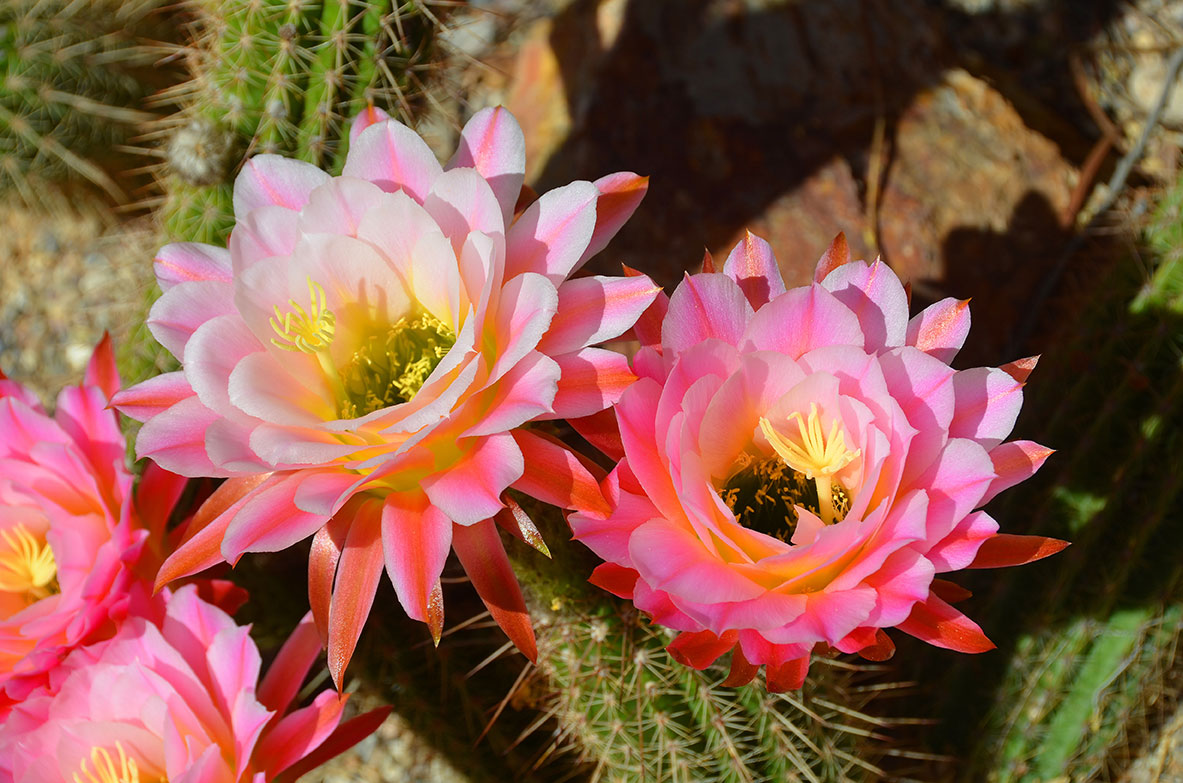
Let’s face it…Xeriscaping has gotten a bum rap over the years; in fact, lots of people simply shut down when the landscaping technique is mentioned, and display the same kind of revulsion as when hearing the word “slug”. Over the years, xeriscaping has become synonymous with UGLY or barren or even desolate. So, let’s go back to its origins and try to figure out where such a great concept went wrong. We invite you to keep an open mind…some of the information might surprise you!
The word Xeriscaping (pronounced zer-i-scaping) was actually coined by a special task force of the Denver Water Department, Associated Landscape Contractors of Colorado (ALCC) and Colorado State University, created soon after the drought of 1977 had parched the western states. Back then, nearly 50 percent of the water used by an average household was for landscape and turf irrigation – and remains so today in Texas. The word Xeriscape comes from the Greek “xeros,” meaning dry, and “scape” or scene. Perhaps this is where the problem begins – “dry scene” is NOT an accurate description of Xeriscape…not even close.
As it was originally intended almost 30 years ago by this task force of experts, Xeriscaping is the practice of landscape design incorporating slow-growing, drought-tolerant plants, designed to conserve water and fertilizer, and to be very low maintenance. Their “Creative Landscaping” idea involves much more than using plants that are sustainable without water, but also includes careful re-arranging of plant materials. Simply stated, the common denominator is grouping plants by their water requirements.
Are some of the plants used in Xeriscaped areas also found in arid desert areas – such as cactus, native grasses, and succulents? The answer is, yes, of course. But does this technique involve ONLY cactus and rocks? Certainly not! Xeriscaping also translates into a lush display of plant material that is ‘at home’ – and therefore thrives in its environment. The areas are often green, lovely landscapes of colorful plants that are maintained water-efficiently. The technique is used in almost every state all across the country to conserve water, so obviously it works. The results are impressive: residential water usage for landscaping can be reduced by as much as 60 percent!
Originating with that dedicated task force, there are seven basic principles of Xeriscaping. The words and explanations may differ region to region, but these core concepts followed by most water-resource organizations across the country are exactly the same:
- Planning and design
- Soil analysis and amendment
- Practical turf areas
- Appropriate plant selection
- Efficient irrigation
- Use of mulch
- Appropriate maintenance